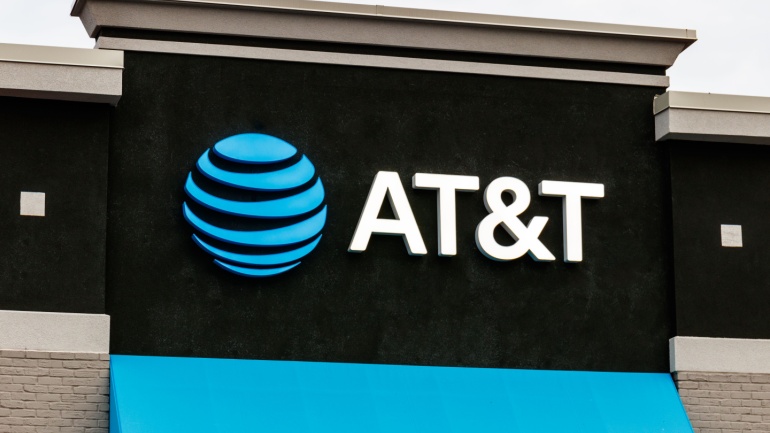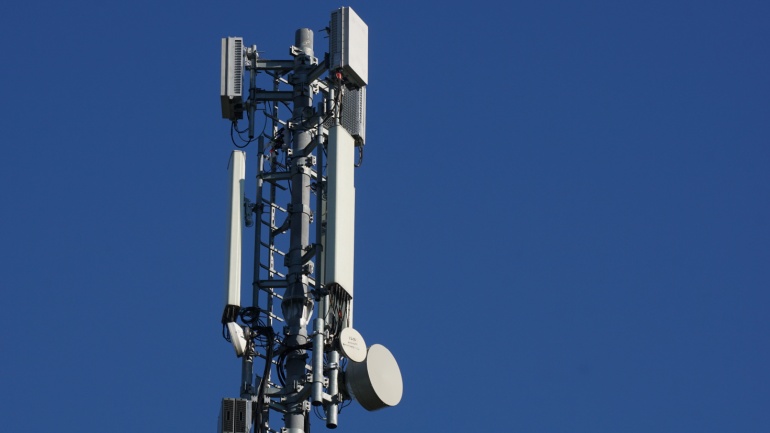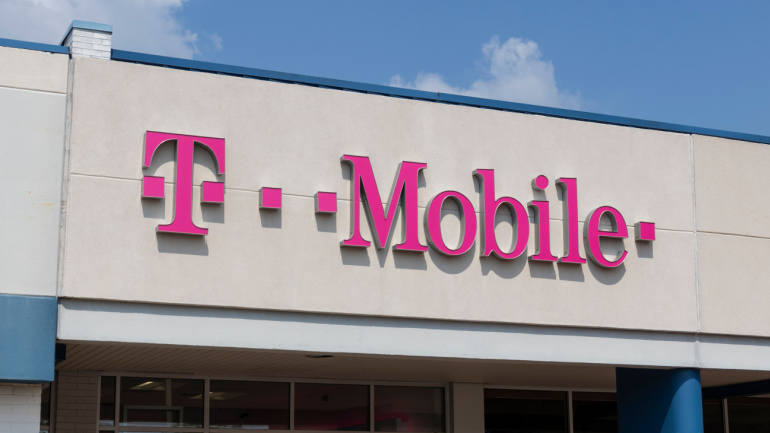AT&T showcased robust performance in its first-quarter financial report, buoyed by significant mobile customer additions and positive metrics in earnings, cash flow, and spending. Despite a slight decline in headline figures, the telecommunications giant demonstrated resilience amid challenging market conditions.
Telecommunications heavy hitter T-Mobile finds itself under scrutiny as fixed wireless service providers in Maine, New York, and Maryland report disruptions attributed to T-Mobile’s 5G operations. Bloosurf has appealed to the FCC, seeking a refrain on T-Mobile’s 5G functions where they intersect with its own services, stirring up a complex debate hinging on a 1977 FCC decision regarding interference.
Tarifica’s Data Dive analysis is spotlighting the significant roles of Fixed Wireless Access (FWA) and fiber technology in escalating global internet connectivity. While fiber offers incomparable speed and reliability, FWA presents a cost-effective alternative where cabled installations are infeasible.
In a strategic move aimed at bolstering its foothold in the competitive telecommunications arena, US telecom giant AT&T has unveiled its Internet Air service for business customers, marking a significant shift in its approach to 5G fixed-wireless access (FWA).
In a realm shaped by technological leaps, communication is paramount. The clash between VoIP and traditional telephony unfolds a saga of innovation. Landlines tethered us, but VoIP liberated. Its cost-effectiveness, mobility, and rich features redefine connectivity. Traditional providers adapt, but VoIP’s journey continues, merging with AI, 5G, and virtual realms, pushing communication beyond limits.
By the end of this decade, the global number of 5G connections is expected to surge to 5.5 billion, positioning 5G as the leading mobile technology by 2028. This forecast comes from the latest research released by the GSMA. Despite a significant phase of investment in the 5G network already behind us, the mobile industry is set for continuous financial commitment towards enhancing this technology in the coming years.
In a significant development for Italy’s telecom landscape, WindTre has finalized an agreement to purchase OpNet, a renowned Italian Fixed Wireless Access (FWA) expert, for a deal worth €485 million. This acquisition not only enhances WindTre’s spectrum holdings but also integrates a pioneering 5G standalone network into its portfolio.
T-Mobile US, a significant player in the US telecommunications industry, has maintained its leadership position in customer growth in 2023, despite a notable decrease compared to its previous year’s performance. The company, which recently revealed its annual and quarterly financial results, continues to outpace its main competitors, AT&T and Verizon, particularly in the postpaid mobile customer segment.
Recognizing the growing demand for mid-band spectrum, the International Telecom Union (ITU) appends new frequency bands for 5G usage. A significant addition was the 6GHZ spectrum, which is anticipated to facilitate the 5G evolution. Multiple global operators have conducted successful tests, making strides toward a seamless shift to 5G-Advanced. This advancement not only opens a myriad of industry opportunities but also promises an improved user experience potentially comparable to the fiber experience.
In a recent study by Juniper Research, the forecast for 5G service revenues in 2024 shows a substantial increase of 32%, reaching an impressive $400 billion. As consumer 5G adoption approaches saturation, the study emphasizes the crucial role of 5G Advanced and 5G RedCap (Reduced Capacity) in sustaining this growth, particularly by targeting enterprise IoT users.













